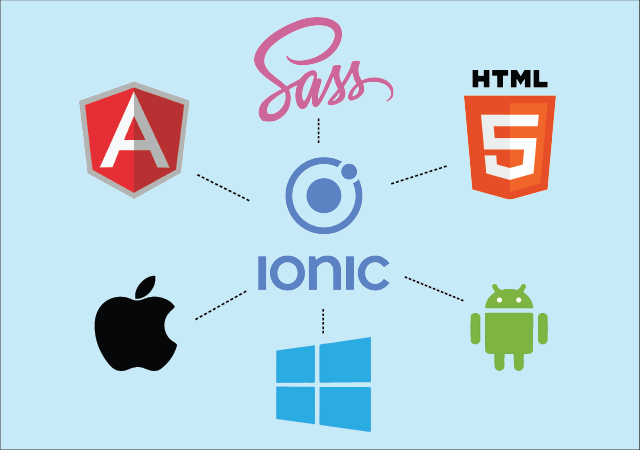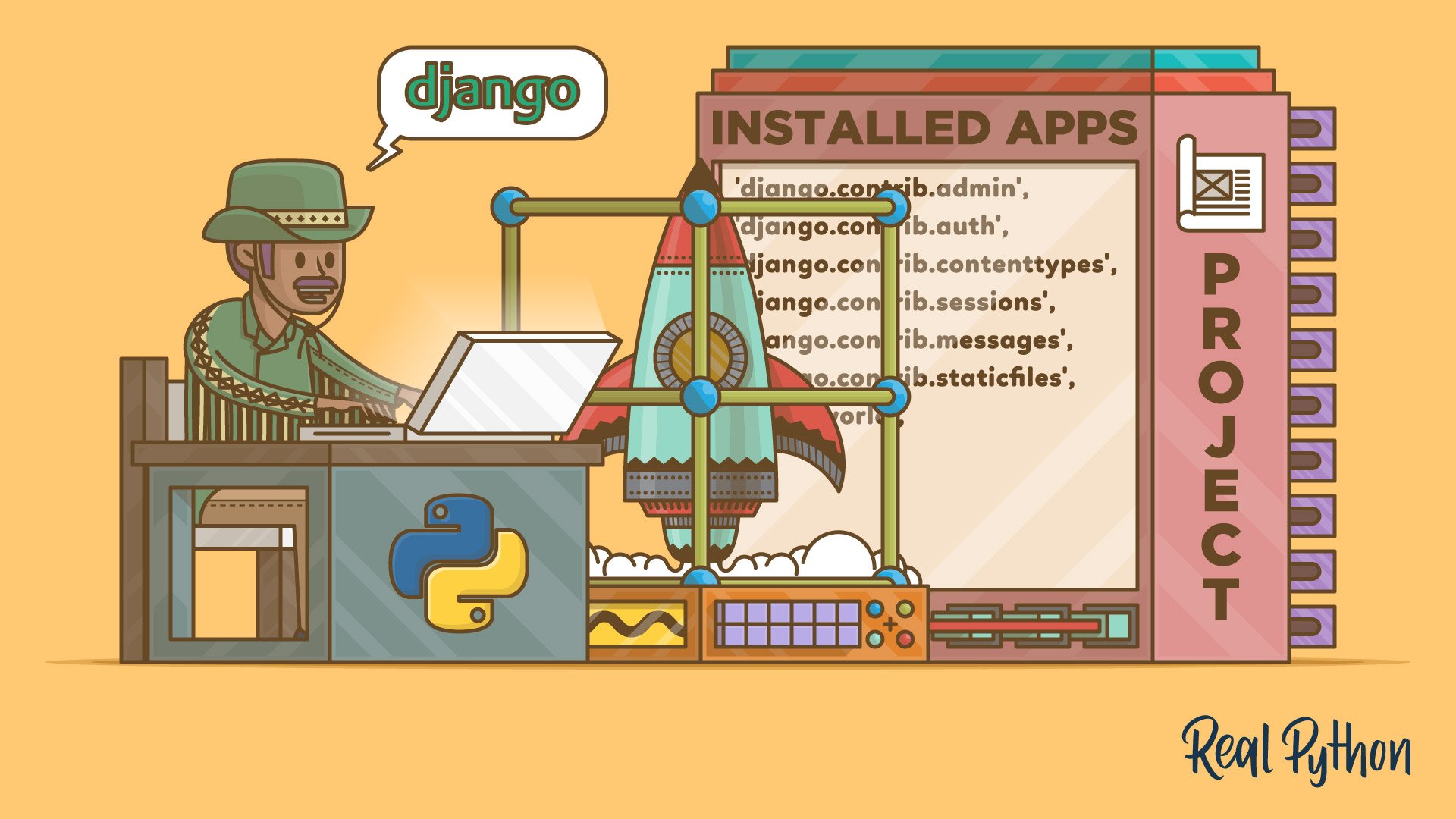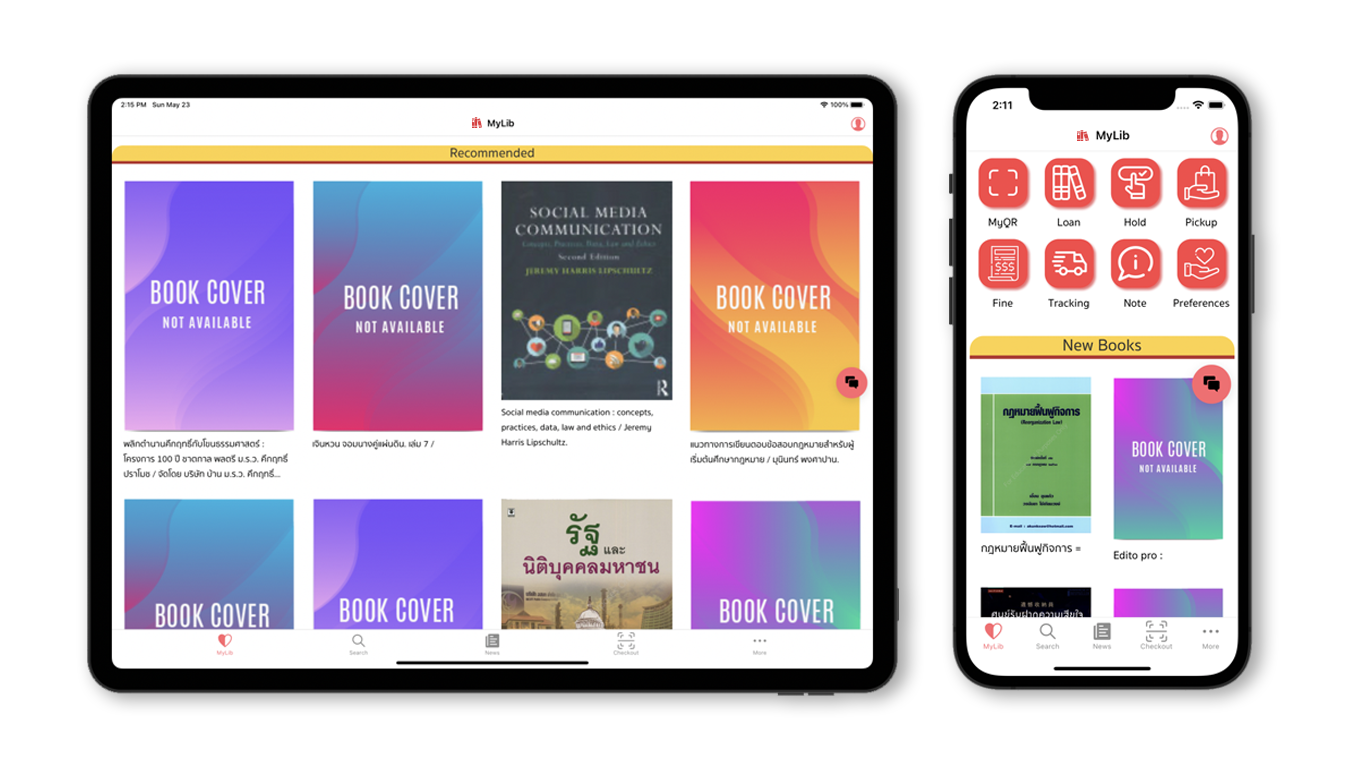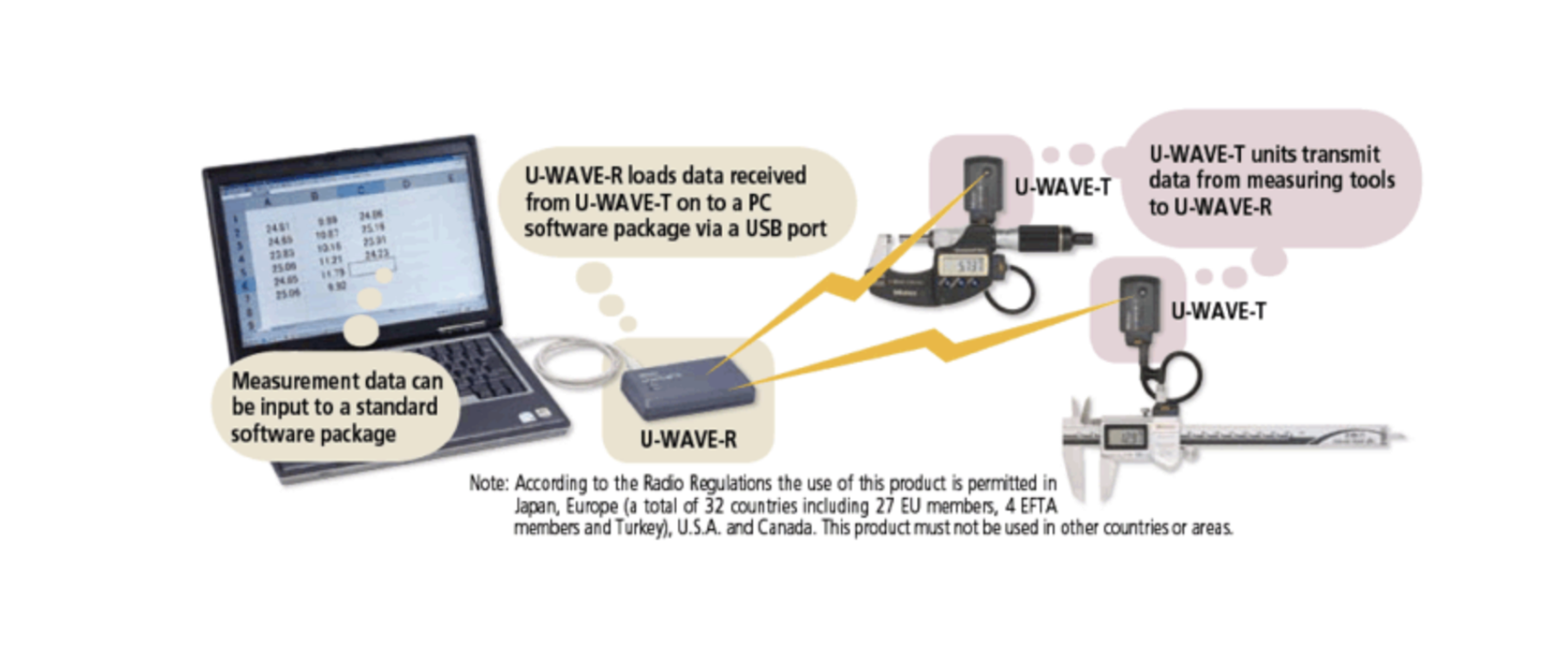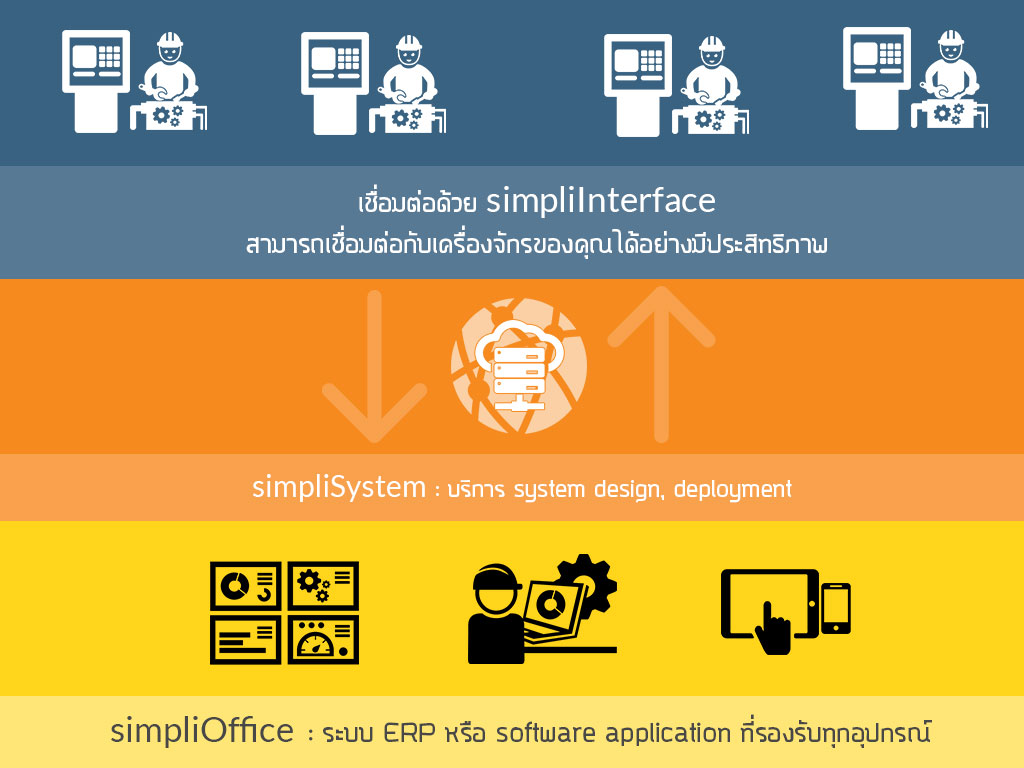How to Implement Google Single Sign-On (SSO) in FastAPI
Do your users really need another password to remember?
In modern web applications, Single Sign-On (SSO) is a must-have. It provides a seamless and secure authentication experience—allowing users to log in using trusted identity providers like Google, Microsoft, or Facebook.
In this guide, we’ll show you how to implement Google SSO using FastAPI, MongoDB, and JWT—in just a few steps.
🔎 Why Do We Need Single Sign-On (SSO)?
Managing passwords is painful—for users and developers. That’s where SSO comes in.
Here’s why modern apps need SSO:
🔐 1. Security
- Reduces the risk of password leaks and phishing
- Leverages trusted identity providers like Google, Microsoft, and Facebook
- Enables multi-factor authentication (MFA) automatically
🤝 2. User Convenience
- Users log in instantly using their existing accounts
- No need to remember or reset passwords
- Greatly reduces signup friction and improves retention
🛠️ 3. Simpler Development
- No need to build password reset flows or validate password strength
- Less user data to secure (e.g. no password storage)
🧩 4. Cross-Platform Access
- Users log in once to access multiple services
- Centralized authentication improves UX across your app ecosystem
💼 5. Enterprise-Ready
- Required for many internal tools and dashboards
- Works well with Google Workspace, Microsoft Azure AD, and more
✅ What We'll Use
| Tool | Purpose |
|---|---|
| FastAPI | Python web framework |
| fastapi-sso | SSO integration with Google OAuth2 |
| MongoDB + Motor | Store user records |
| python-jose | Generate and verify JWT tokens |
| passlib | Hash passwords (for fallback login) |
⚙️ Step-by-Step: Implementing SSO with FastAPI
1. Install Required Packages
pip install fastapi uvicorn motor fastapi-sso python-dotenv python-jose passlib[bcrypt]2. Set Up Google OAuth
- Go to Google Cloud Console
- Create a new project
- Enable OAuth 2.0 Client ID
- Set the redirect URI to:
http://localhost:8000/api/auth/google/callback- Copy the Client ID and Client Secret
3. Configure .env
Create a .env file in your project root:
MONGODB_URI=mongodb://localhost:27017
GOOGLE_CLIENT_ID=your-client-id.apps.googleusercontent.com
GOOGLE_CLIENT_SECRET=your-client-secret
GOOGLE_REDIRECT_URL=http://localhost:8000/api/auth/google/callback
JWT_SECRET=your_jwt_secret4. Full FastAPI Code
See the full code here in our GitHub example, or build it using this structure:
# /api/auth/google/login → Redirects to Google
# /api/auth/google/callback → Handles user data, issues JWT
# /api/register → Optional manual registration
# /api/token → Password login
# JWT used for all access control✅ Google login issues JWT for API access
✅ MongoDB stores new users only once
✅ FastAPI protects routes using the JWT token
🔄 SSO Login Flow Diagram
sequenceDiagram
actor User
participant Browser
participant FastAPI
participant GoogleOAuth
participant MongoDB
User->>Browser: Click "Login with Google"
Browser->>FastAPI: GET /auth/google/login
FastAPI->>GoogleOAuth: Redirect to Google OAuth URL
User->>GoogleOAuth: Login & Consent
GoogleOAuth->>FastAPI: Redirect to /auth/google/callback?code=XYZ
FastAPI->>GoogleOAuth: Verify & fetch profile
GoogleOAuth-->>FastAPI: Return user info (email, name, avatar)
alt New User
FastAPI->>MongoDB: Insert user profile
else Existing User
FastAPI->>MongoDB: Fetch user profile
end
FastAPI->>FastAPI: Generate JWT
FastAPI-->>Browser: Return access_token or redirect with token
Browser->>User: Authenticated!🧾 Example MongoDB User Document
When a new user logs in via Google, we store:
{
"_id": "ObjectId(...)",
"username": "jane.doe@gmail.com",
"email": "jane.doe@gmail.com",
"full_name": "Jane Doe",
"avatar_url": "https://lh3.googleusercontent.com/...",
"sso_provider": "google",
"created_at": "2025-07-02T08:00:00Z"
}🔐 Using the JWT Token
After login, users receive a token like this:
{
"access_token": "eyJhbGciOiJIUzI1NiIsInR...",
"token_type": "bearer"
}Use it in headers:
Authorization: Bearer <token>Protect any route in FastAPI:
@router.get("/me")
async def me(current_user=Depends(get_current_user)):
return current_user🚀 What’s Next?
- Add Facebook or Microsoft SSO using the same pattern
- Redirect users to your frontend with token
- Add roles, permissions, or admin dashboard
- Handle mobile apps via deep linking
✅ Summary
You just learned how to:
- 🔧 Set up Google OAuth for FastAPI
- 🧠 Authenticate users using
fastapi-sso - 📦 Store user data in MongoDB
- 🔐 Issue JWT tokens for API access
This pattern scales well and forms the backbone of secure, modern user authentication.
🏢 Need Help?
Simplico Co., Ltd. helps startups and enterprises build fast, secure, and scalable backend systems using FastAPI, MongoDB, and cloud-native technologies.
Let’s bring your product to life—with speed and confidence.
🌐 Visit us at simplico.net
Get in Touch with us
Related Posts
- 面向市级与区级政府的数字化系统参考架构
- Reference Architecture for Provincial / Municipal Digital Systems
- 实用型 GovTech 架构:ERP、GIS、政务服务平台与数据中台
- A Practical GovTech Architecture: ERP, GIS, Citizen Portal, and Data Platform
- 为什么应急响应系统必须采用 Offline First 设计(来自 ATAK 的启示)
- Why Emergency Systems Must Work Offline First (Lessons from ATAK)
- 为什么地方政府的软件项目会失败 —— 如何在编写代码之前避免失败
- Why Government Software Projects Fail — And How to Prevent It Before Writing Code
- AI 热潮之后:接下来会发生什么(以及这对中国企业意味着什么)
- After the AI Hype: What Always Comes Next (And Why It Matters for Business)
- 为什么没有系统集成,回收行业的 AI 项目往往会失败
- Why AI in Recycling Fails Without System Integration
- ISA-95 vs RAMI 4.0:中国制造业应该如何选择(以及为什么两者缺一不可)
- ISA-95 vs RAMI 4.0: Which One Should You Use (And Why Both Matter)
- 为什么低代码正在退潮(以及它正在被什么取代)
- Why Low‑Code Is Falling Out of Trend (and What Replaced It)
- 2025 年失败的产品 —— 真正的原因是什么?
- The Biggest Product Failures of 2025 — And the Real Reason They Failed
- Agentic AI Explained: Manus vs OpenAI vs Google —— 中国企业的实践选择
- Agentic AI Explained: Manus vs OpenAI vs Google — What Enterprises Really Need






